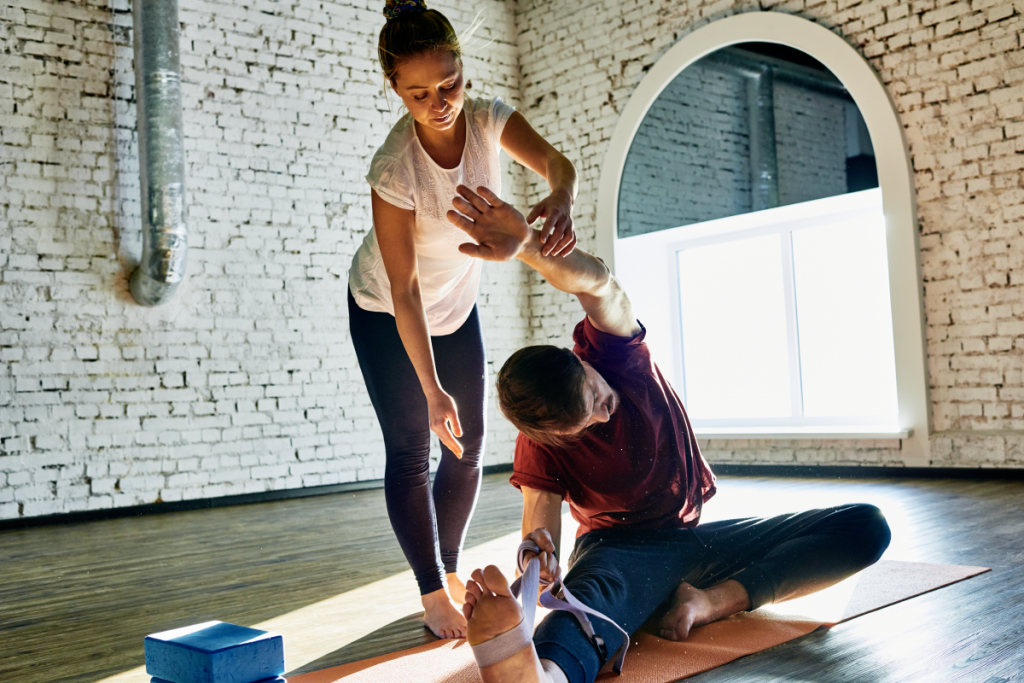What’s your go-to stretch after lacing up your sneakers to get stuck into a workout or preparing to run a client through a hardcore session?
Often newcomers to exercise will skip stretching. They see the pre-workout task as a time-waster, or believe there is not enough time.
But the truth is, stretching is one of the most important components of a good workout, and doing a little stretch pre and post your workout is critical for performance, recovery, and overall health.

When we look at breaking down stretching and preparing the body for action, the two most common forms are: Static stretching and dynamic stretching.
Memories from school gym class can bring back images of your classmates stretching it out to touch their toes while counting to 20. This aligns with the static method of stretching. But when we look at the dynamic method os stretching, you may picture a high profile athlete engaging in quick full-range movements.
So which is better? And what is better for the “Average Joe” when adapting warm-ups to their workouts?
Let’s break the two down to see what is best for our clients and our workout method.
Static Stretching
A static stretch is where you gently elongate the muscle while holding it for up to 30 seconds or more. The goal of this style of stretching is to make the body more flexible and less susceptible to injury. Think the classic hamstring stretch, where you attempt to touch your toes while sitting on the floor, or an abdominal stretch, where you lay on your stomach and push up with your arms.
Dynamic Stretching
A dynamic stretch is a set of quick motions delivered repeatedly, so the stretch is felt further with each motion. They can be done before warming up or used as the warm-up exercise. Athletes often use dynamic stretching to loosen up their joints and muscles before a workout to increase momentum and prevent injury. It has been proven to boost power and performance before the workout or sporting event. Examples of this are high knees, arm circles, or leg pendulums.
There are some hard facts that say if you a workout with dynamic stretching, which elevates your heart rate and wakes up your nervous system, your body will be more ready for what’s ahead.
However, there is no doubt that static stretching improves flexibility and is best performed in “warm–down” mode to gain a deeper stretch and increase flexibility, whether performed post-exercise or after a brief warm-up.
Combine the two in both pre and post-workout, and you might have a winning combination to boost performance and decrease injuries.
Ultimately, the biggest lesson for all clients is that stretching is essential to any workout and should never be overlooked.


 BLOG SERIES
BLOG SERIES